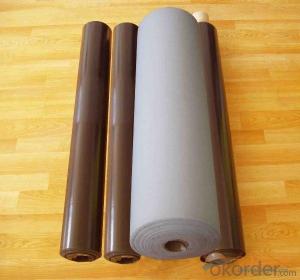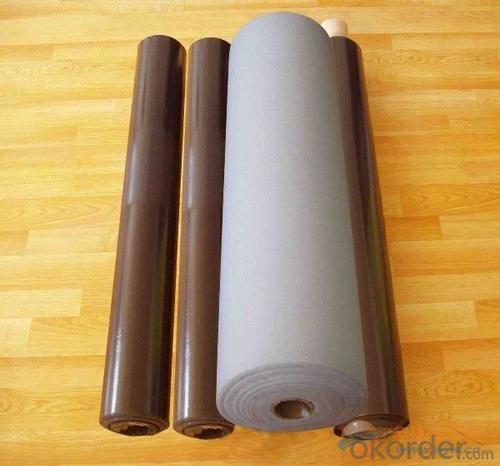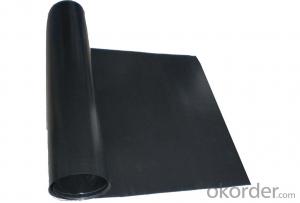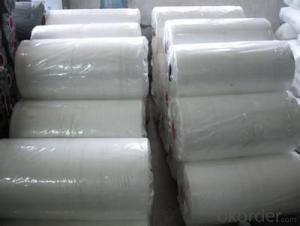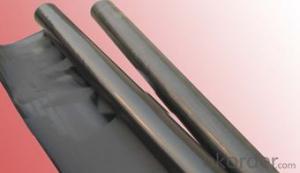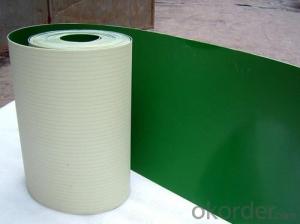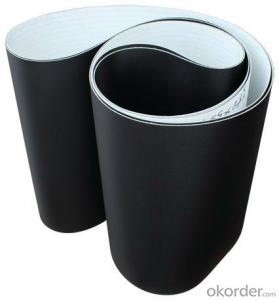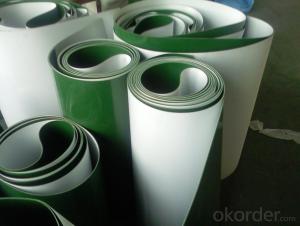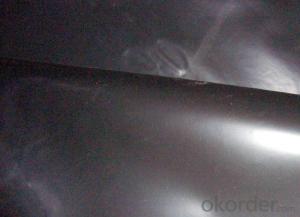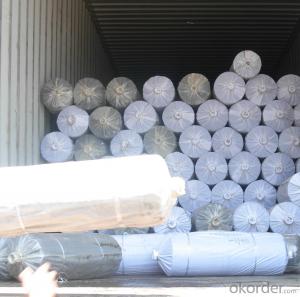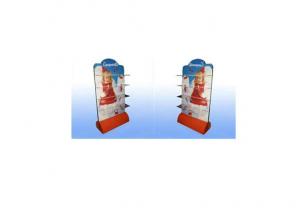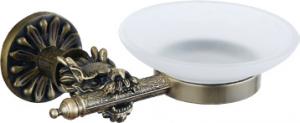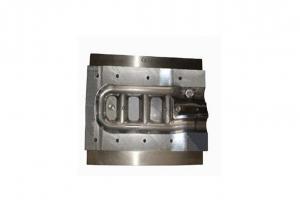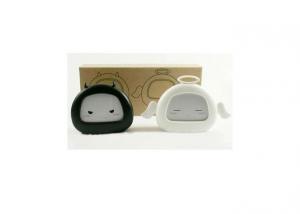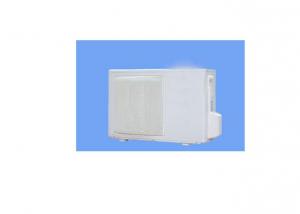Ductile Iron Pipe PE Sleeve
- Loading Port:
- China Main Port
- Payment Terms:
- TT OR LC
- Min Order Qty:
- -
- Supply Capability:
- -
OKorder Service Pledge
Quality Product, Order Online Tracking, Timely Delivery
OKorder Financial Service
Credit Rating, Credit Services, Credit Purchasing
You Might Also Like
Specification
1. Product produced according to ISO8180
2. Thiciness 200um, 400um and other thickness is available upon request
3. Black color, other color is available upon request
4. Corbon black content 2-3
5. Puncture Resistance ≥900
6. Breack strength ≥20
7. Breack elongation ≥500
8. Tear resistance ≥20
Usage:
For Ductile iron pipe DN80-DN2000.
- Q: Are there any specific guidelines for using olive nets on old or mature olive trees?
- Yes, there are specific guidelines for using olive nets on old or mature olive trees. It is recommended to choose nets that are large enough to cover the entire canopy of the tree, ensuring that no olives are exposed. The nets should be securely fastened to prevent wind damage or birds from accessing the olives. Additionally, it is important to regularly check the nets for any tears or gaps that may compromise their effectiveness. Harvesting should be done carefully to avoid damaging the branches or the tree.
- Q: How do olive nets prevent olives from being damaged by hail?
- Olive nets prevent olives from being damaged by hail by acting as a protective barrier. These nets are specifically designed to cover the olive trees, creating a physical barrier between the hailstones and the olives. The netting material is strong enough to absorb the impact of hailstones, preventing them from directly hitting the olives and causing damage. This helps to safeguard the olives from bruising, cuts, or other forms of physical harm that hail could cause.
- Q: How do olive nets prevent olives from being damaged by rodents?
- Olive nets prevent olives from being damaged by rodents by creating a physical barrier that prevents the rodents from accessing the olives. The nets are placed around the trees or over the branches, effectively enclosing the olives and making it difficult for rodents to reach them. This helps protect the olives from being eaten or damaged by rodents, ensuring a higher yield and quality of the harvested olives.
- Q: Can olive nets be used for olive trees in regions with limited water availability?
- Yes, olive nets can be used for olive trees in regions with limited water availability. Olive nets are primarily used to catch falling olives during harvesting, but they can also serve as a protective covering for the trees. By covering the trees with nets, they can help reduce evaporation and water loss from the leaves, thus conserving water in regions with limited availability. Additionally, the nets can provide shade, which can further reduce water evaporation and help maintain soil moisture levels. However, it is important to note that using olive nets alone may not be sufficient to meet the water needs of olive trees in such regions, and other water-saving practices should also be considered.
- Q: Are olive nets flame retardant?
- No, olive nets are not typically flame retardant.
- Q: How do olive nets prevent damage from frost?
- Olive nets prevent damage from frost by creating a protective barrier around the olive trees, shielding them from the cold temperatures and frost.
- Q: How does an olive net affect the overall fruit flavor in the olive grove?
- An olive net can have a positive impact on the overall fruit flavor in an olive grove. By placing the netting over the trees, it helps protect the olives from direct sunlight and excessive heat, which can lead to uneven ripening and a decrease in flavor quality. The netting also acts as a barrier, preventing birds and other animals from accessing the fruit, thus reducing the risk of damage or loss. As a result, the olives can fully develop their flavors, resulting in a more consistent and enhanced taste in the olive grove.
- Q: What are the factors to consider when choosing an olive net?
- When choosing an olive net, there are several factors to consider. Firstly, you should consider the size and shape of the olive trees you will be covering. The net should be large enough to cover the entire tree and have sufficient depth to catch falling olives. Secondly, the material of the net is important. It should be strong and durable to withstand the weight of the olives and any weather conditions. Additionally, the mesh size should be small enough to prevent olives from slipping through, but not too small to allow airflow and light penetration. Finally, the ease of installation and removal, as well as the net's reusability, should be taken into account to ensure convenience and cost-effectiveness.
- Q: How to classify waste plastics? Identification methods?
- There are several steps in the identification of waste plastics:1, look at the color;2, look at the brightness (transparent material, this step can be removed);3, feel (weight, sensitivity, smoothness);4, ignition (see whether the flame color smoke, whether or not from fire burning or not burning);5, smell smell (all kinds of plastic taste is not the same, including flame retardants, etc.);6, drawing (CaC03 drawing more certainly not good, and also can not pull out the silk).
- Q: Are there any alternative methods to using olive nets?
- Yes, there are alternative methods to using olive nets. Some farmers use mechanical harvesters or shakers to harvest olives, especially in large-scale commercial operations. Another method is handpicking, where workers carefully pick the olives from the trees. Additionally, some farmers employ a combination of methods, such as using nets only for certain trees or using a combination of handpicking and mechanical harvesting.
Send your message to us
Ductile Iron Pipe PE Sleeve
- Loading Port:
- China Main Port
- Payment Terms:
- TT OR LC
- Min Order Qty:
- -
- Supply Capability:
- -
OKorder Service Pledge
Quality Product, Order Online Tracking, Timely Delivery
OKorder Financial Service
Credit Rating, Credit Services, Credit Purchasing
Similar products
Hot products
Hot Searches
Related keywords
